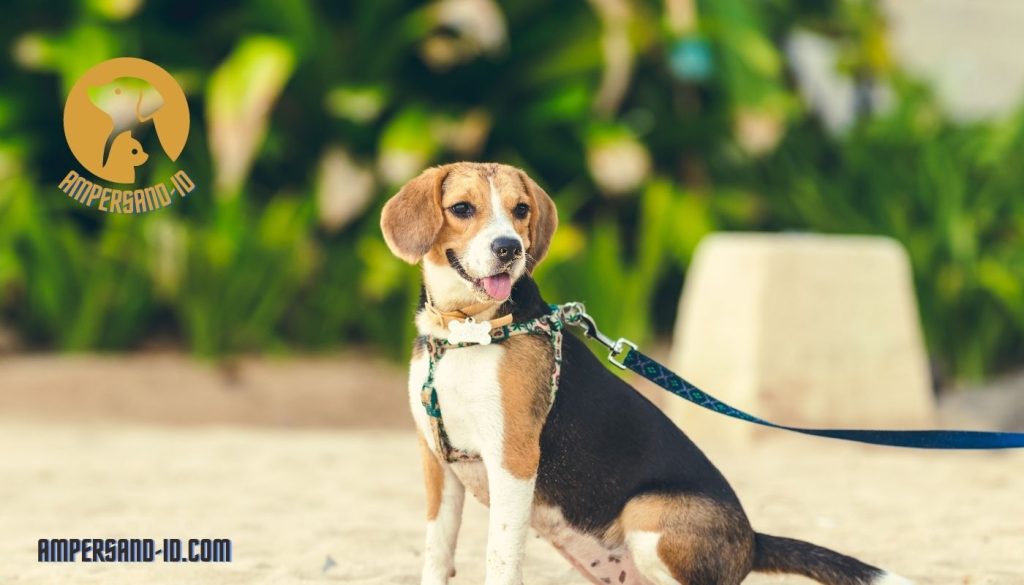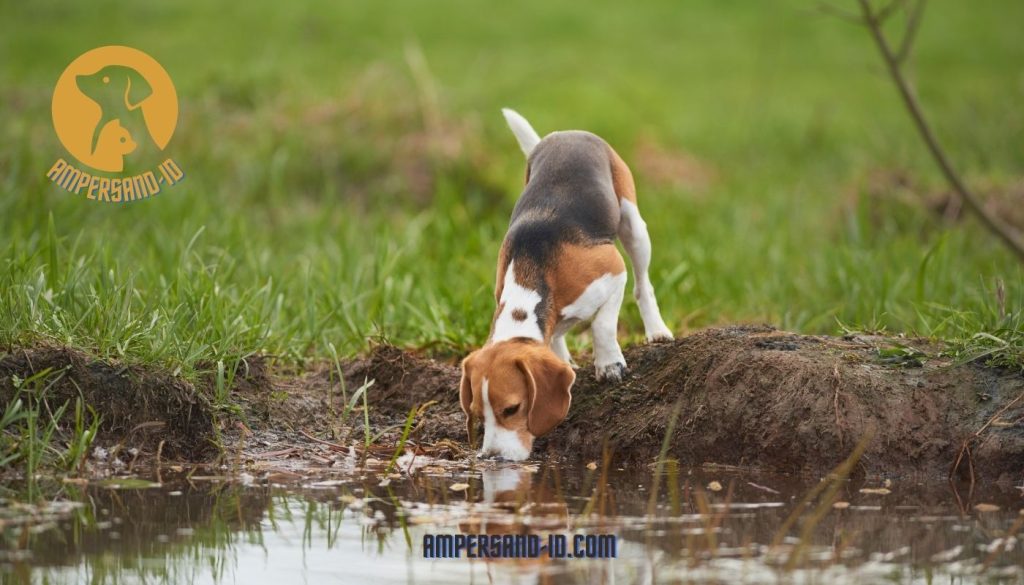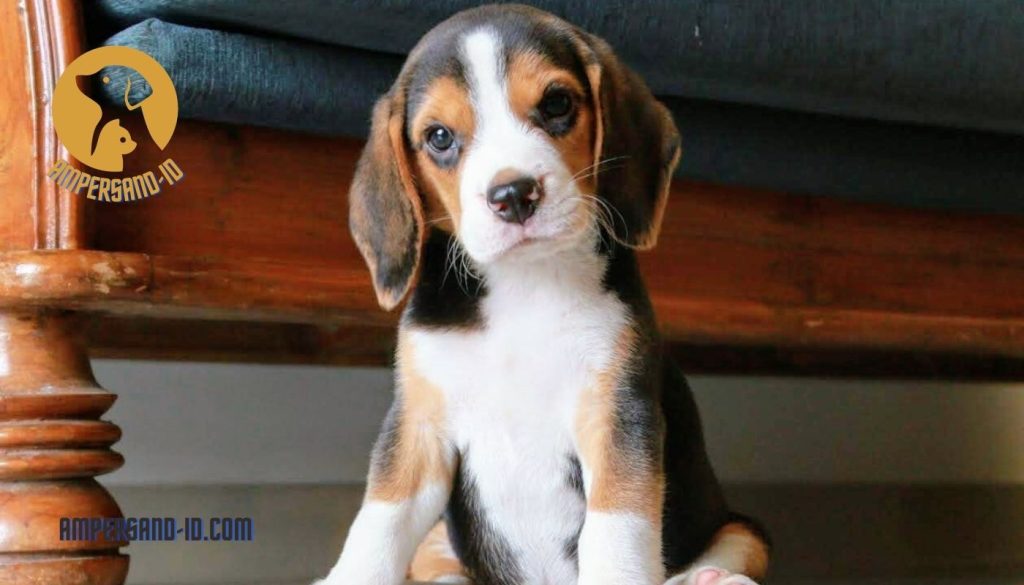Welcome to the delightful universe of beagles, where wagging tails, soulful eyes, and a distinctive charm make these furry companions beloved members of countless households. As we open the door to the world of beagle ownership, a question frequently pondered by prospective pet parents takes center stage: Do beagles shed a lot?
In the mosaic of canine characteristics, shedding is a common thread, weaving its way through various breeds. For beagle enthusiasts or those considering bringing these lovable hounds into their homes, understanding the nuances of shedding is paramount. This journey explores the shedding habits of beagles, unveils the factors that influence their coat dynamics, and equips you with practical insights to embrace and manage shedding with grace. So, let’s embark on this shedding expedition and uncover the furry details of life with a beagle.
Are Beagles Bad Shedders?

The answer to this question is a bit complicated. Some beagles shed more than others, and some beagles are better at keeping their coats clean than others. However, all beagles will shed some hair, and all beagles will need to be groomed regularly to keep their coats clean and healthy. Beagles are a type of hound dog, and as such, they have a coat of fur that is designed to protect them from the elements. This coat of fur will shed some hair, regardless of how well the dog is groomed. However, regular grooming can help to minimize the amount of hair that is shed.
Beagles that are allowed to run and play in the yard will naturally shed more hair than beagles that are kept indoors. Beagles that are kept indoors should be groomed more often to help keep their coats clean. Overall, beagles are not bad shedders, but they will all shed some hair. Regular grooming is the best way to keep the coat clean and healthy.
Normal Shedding vs. Excessive Shedding
As we dive into the realm of beagle shedding, it’s essential to decipher between what’s considered normal and when shedding might raise a furry eyebrow. Shedding is a natural process in which old or damaged hair falls out to make room for new growth. Understanding the typical shedding patterns of beagles is crucial for proactive grooming and coat care.
Seasonal Shedding Patterns
Beagles, like many dog breeds, often experience seasonal shedding. This means that as the weather changes, so does the density of their coat. Typically, you can expect a more significant shed during the spring and fall as their bodies adjust to temperature variations. This shedding is a natural response, helping them adapt to the climatic shifts.
Identifying Abnormal Shedding
While seasonal shedding is par for the course, beagle owners should be vigilant for signs of excessive shedding that might indicate an underlying issue. Factors such as stress, poor nutrition, allergies, or health problems can contribute to abnormal shedding. Keep a watchful eye for:
- Bald Spots or Patches: If you notice irregular bald spots or patches on your beagle’s coat, it’s a red flag that warrants investigation. These patches may indicate issues with the skin, allergies, or underlying health concerns.
- Excessive Hair Loss: While shedding is normal, an excessive amount of loose hair, especially outside the typical shedding seasons, could signal an imbalance. This might be related to diet, stress, or an underlying health condition.
- Changes in Skin Condition: The health of a beagle’s coat is closely linked to the condition of their skin. Any changes in skin texture, color, or the presence of bumps, redness, or flakiness could be indicators of an issue contributing to shedding.
- Scratching or Itching: Persistent scratching or itching is a clear signal that something may be amiss. Allergies, parasites, or skin infections can cause discomfort, leading to increased shedding.
Understanding the difference between the expected ebb and flow of seasonal shedding and the signs of abnormal hair loss empowers beagle owners to take timely action. Regular grooming and observation can help maintain a healthy coat and quickly address any concerns that may arise.
Do Beagles Smell Worse Than Other Dogs?
The short answer is no, Beagles do not smell worse than other dogs. However, there are a few things to consider when it comes to the smell of Beagles. Beagles are a scent hound breed and they are known for their strong scenting ability. This means that they can pick up on scents that other dogs cannot. This can sometimes result in Beagles having a stronger smelling urine than other dogs.
In addition, Beagles are a very active breed and they often like to roll around in the dirt. This can also lead to them having a stronger smelling coat than other dogs. Overall, Beagles do not smell worse than other dogs, but they do have a stronger smelling urine and coat.

Beagles are bred for their hunting skills and their ability to track prey by their scent. They have an incredibly powerful sense of smell, which is why they’re often used for hunting and tracking. As a result, they have a very strong scent, which can be a bit overwhelming for some people. Beagles are also known for their love of food, and their powerful sense of smell helps them find food even when it’s hidden. This is why beagles are often used for scent detection work, such as detecting contraband or drugs.
The strong smell of beagles can be a bit overpowering for some people, but it’s also one of the things that makes beagles such great dogs. They have an amazing sense of smell, which allows them to do things that other dogs can’t do.
How Do I Stop My Beagle From Shedding?

Dogs are known for their incredible ability to adapt to their environment, and the beagle is no exception. Beagles are bred as hunting dogs and are particularly known for their skill in tracking small game. As a result, they have a high prey drive and love to run and explore. Beagles are also one of the most popular breeds in the United States, and their popularity is no doubt due, in part, to their adorable face and personality.
Beagles are also one of the breeds that sheds the most. In fact, beagles can lose up to a pound of hair a month! While this may not seem like a lot, it can be a lot of hair to clean up, and it can also be a nuisance for people who are allergic to dogs.
So, how do you stop your beagle from shedding? There is no one-size-fits-all answer to this question, but there are a few things that you can do to help
Do All Beagles Shed Their Hair?

No. All beagles do not shed their hair. Some beagles may lose a little bit of hair, but not all of them will. Some beagles may only lose a little bit of hair on their ears, while others may lose a little bit of hair all over their body. In the wild, beagles are known to have a thick coat of fur that helps protect them from the cold weather. However, when they are kept as pets, they often lose this fur and can become quite cold in the winter. One way to help your beagle stay warm during the winter is to provide them with a coat of hair.
Beagle hair is very thick and can help keep your beagle warm during the winter. It is also very durable and can help protect your beagle from getting injured. Additionally, beagle hair is very easy to clean and does not shed very often. If you are looking for a way to keep your beagle warm during the winter, be sure to consider purchasing a coat of beagle hair. It is a great way to keep your beagle safe and comfortable during the cold weather.
Do Beagles Make Good House Pets?

The short answer is yes, Beagles make great house pets, but there are a few things you should know before you bring one home. Beagles are friendly, outgoing, and make great companions. They are also relatively low maintenance and easy to train. In fact, Beagles are so easy to train that they are often used as service dogs. However, Beagles are also very active dogs and require a lot of exercise. If you don’t have a yard, be prepared to take your Beagle for a long walk or run every day.
Beagles also have a strong hunting instinct and may try to chase smaller animals or birds. So, if you have pets or small children, you’ll need to be careful when you introduce your Beagle to them. Overall, Beagles make great house pets and are sure to bring lots of love and laughter into your home.
In a blog written by a woman named Vicki who is a beagle enthusiast. Vicki is a stay at home mom who is passionate about beagles and loves to write about her experiences with them. Vicki’s blog is a great resource for beagle owners, as she provides tips on how to care for beagles, as well as shares stories about her own beagles. Vicki’s blog is also a great source of information for those who are thinking about getting a beagle, as she provides a detailed description of what it’s like to own a beagle. Vicki’s blog is fun, informative, and well written.
Understanding Shedding in Dogs
Shedding is a natural process in which dogs lose their old or damaged hair to allow new hair growth. It is influenced by various factors, including breed, genetics, health, climate, and hormonal changes. Shedding is an essential part of a dog’s life cycle and helps regulate their body temperature, protect their skin, and remove dead hair. While some breeds are considered low-shedding, others, like Beagles, tend to shed more.
Beagle Coat Types
Beagles come in two coat types: smooth and rough. Smooth-coated Beagles have short, dense, and sleek fur, while rough-coated Beagles have slightly longer and thicker fur. Both coat types shed, although the amount of shedding may vary.
Factors Affecting Beagle Shedding
- Season: Beagle shedding is influenced by the changing seasons. They typically experience two heavy shedding periods per year, known as “blowing their coat.” During these periods, Beagles shed their old fur to make way for a new coat suitable for the upcoming season. This shedding is often more noticeable and can last for several weeks.
- Genetics: The shedding patterns of Beagles can be influenced by their genetic makeup. If both parents were heavy shedders, their offspring are likely to shed more as well. However, it is important to remember that shedding can still vary from dog to dog, even within the same breed.
- Health and Nutrition: A dog’s overall health and diet can play a significant role in their shedding habits. Beagles with a poor diet lacking essential nutrients may experience excessive shedding. Ensuring your Beagle is on a balanced and nutritious diet can help minimize shedding.
- Stress and Anxiety: Just like humans, dogs can experience stress and anxiety, which may lead to excessive shedding. Beagles are social animals and can become stressed if left alone for extended periods or if they lack mental and physical stimulation. Providing a stable and stimulating environment for your Beagle can help reduce shedding caused by stress.
Managing Beagle Shedding
- Regular Grooming: Regular grooming is crucial to managing Beagle shedding. Brushing your Beagle’s coat at least once a week helps remove loose hair and prevents it from spreading throughout your home. Use a suitable brush for your Beagle’s coat type and be gentle to avoid damaging their skin.
- Bathing: Bathing your Beagle once every 4-6 weeks with a dog-specific shampoo can help remove loose hair and reduce shedding. Ensure the water temperature is comfortable for your dog and use a gentle shampoo to avoid drying out their skin, which can lead to increased shedding.

- Healthy Diet: Providing a balanced and nutritious diet is vital for your Beagle’s overall health and coat condition. Ensure their diet includes high-quality proteins, healthy fats, and essential vitamins and minerals. Consult your veterinarian for guidance on choosing the right food for your Beagle’s specific needs.
- Regular Vet Check-ups: Regular visits to the veterinarian are essential to monitor your Beagle’s health. Your vet can identify any underlying health issues that may contribute to excessive shedding and provide appropriate treatment.
- Stress Management: Beagles thrive on social interaction and mental stimulation. Ensure your Beagle receives enough exercise, playtime, and companionship to prevent stress-related shedding. Consider doggy daycare or hiring a dog walker if you are away from home for extended periods.
Conclusion
In the furry tapestry of life with a beagle, shedding emerges as a natural and inevitable brushstroke. As we wrap up our exploration into the shedding habits of these delightful hounds, it’s crucial to embrace shedding as a testament to the dynamic and ever-changing nature of our canine companions.
Beagles, with their unique coat patterns and charming personalities, bring a certain level of shedding into our homes. Through the seasonal shedding cycles and the occasional flurry of loose fur, they leave behind a trail of warmth and affection that far outweighs the inconvenience of a few extra strands on the couch.
In conclusion, managing beagle shedding is not about eliminating it entirely but understanding and navigating this aspect of their biology with love and care. Regular grooming, a healthy diet, and attentive observation allow us to revel in the joys of beagle ownership while keeping shedding in check.
FAQs – Navigating Beagle Shedding
1. How often should I groom my beagle to manage shedding?
Regular grooming is essential for managing beagle shedding. Aim for a weekly brushing session to remove loose hair and prevent matting. During peak shedding seasons, more frequent grooming may be beneficial.
2. Are there specific dietary changes that can reduce shedding?
A nutritious diet plays a role in maintaining a healthy coat. Ensure your beagle’s food contains essential nutrients, including omega-3 fatty acids. Consult with your veterinarian to determine if dietary adjustments are necessary based on your beagle’s individual needs.
3. Can stress contribute to excessive shedding in beagles?
Yes, stress can impact a beagle’s shedding patterns. Changes in environment, routine, or exposure to stressful situations can lead to increased shedding. Creating a calm and comfortable living environment is beneficial for managing stress-related shedding.
4. What should I do if I notice bald spots on my beagle’s coat?
Bald spots or patches on a beagle’s coat warrant attention. Consult with your veterinarian to rule out underlying health issues, allergies, or skin conditions. Prompt veterinary care can address the root cause and prevent further complications.
5. Are there specific tools recommended for grooming a beagle’s coat?
Beagles have short, dense coats that benefit from grooming tools like a slicker brush or rubber grooming mitt. These tools help remove loose hair and distribute natural oils, promoting a healthy coat. Consult with a professional groomer for personalized recommendations based on your beagle’s coat type and shedding patterns.







